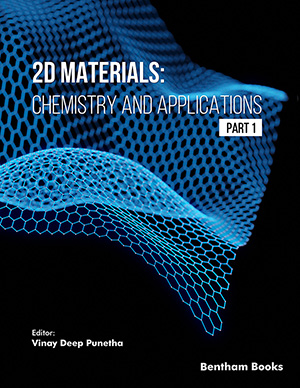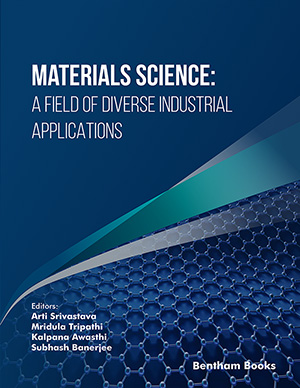Abstract
Due to the distinctive 2D lattice structure, graphene, and its derivatives have
received much interest in recent years to advance technology into the era of stretchable,
bendable, and flexible technology. Graphene has advantageous features that create
diversely effective devices when combined with other materials to create composites.
Compared to graphene, its composites exhibit improved features such as excellent
mechanical strength, tunable electrical and thermal conductivity, and optical properties.
Graphene composites utilize graphene fillers, films, or nanosheets with several other
organic and inorganic groups, such as polymers, metal oxides, metal nanowires and
nanoparticles, quantum dots, ceramics, and cement through covalent or noncovalent
interactions. Numerous factors help tune the characteristics of the composites, such as
graphene concentration, filler dispersion, chemical bonding, and others. The chapter
discusses various methods for synthesizing graphene-based composites, including melt
intercalation, in-situ polymerization, solution processing, etc. It also discusses factors
that affect the composite's mechanical, electrical, thermal, photonic, and photocatalytic
properties and its wide range of uses in electronics, sensors, transistors, energy storage,
and environmental remediation. In addition, the problems and obstacles encountered in
the manufacture of composites have been highlighted.
Keywords: Applications, Ceramics, Composites, Electrical properties, Graphene composites, Metal oxides, Polymers, Thermal conductivity, 2D structure.






















